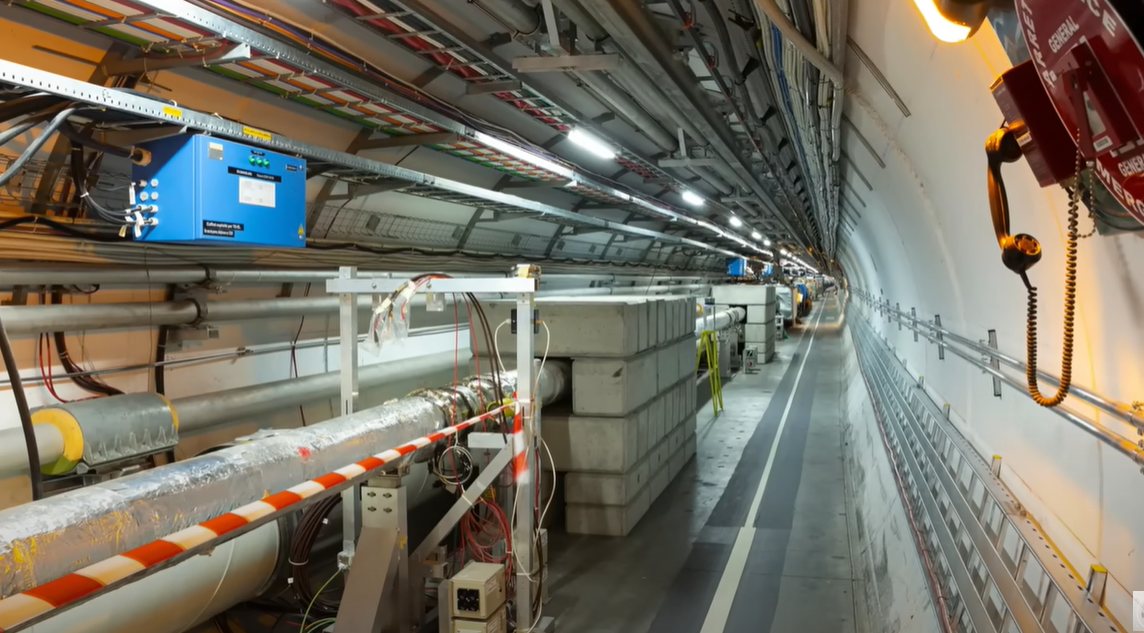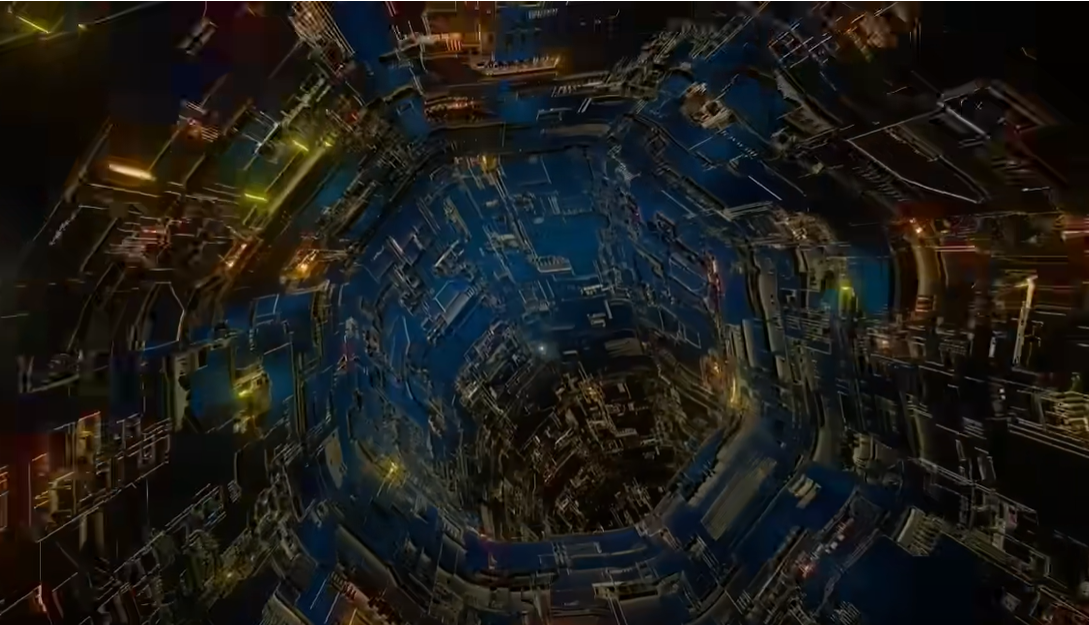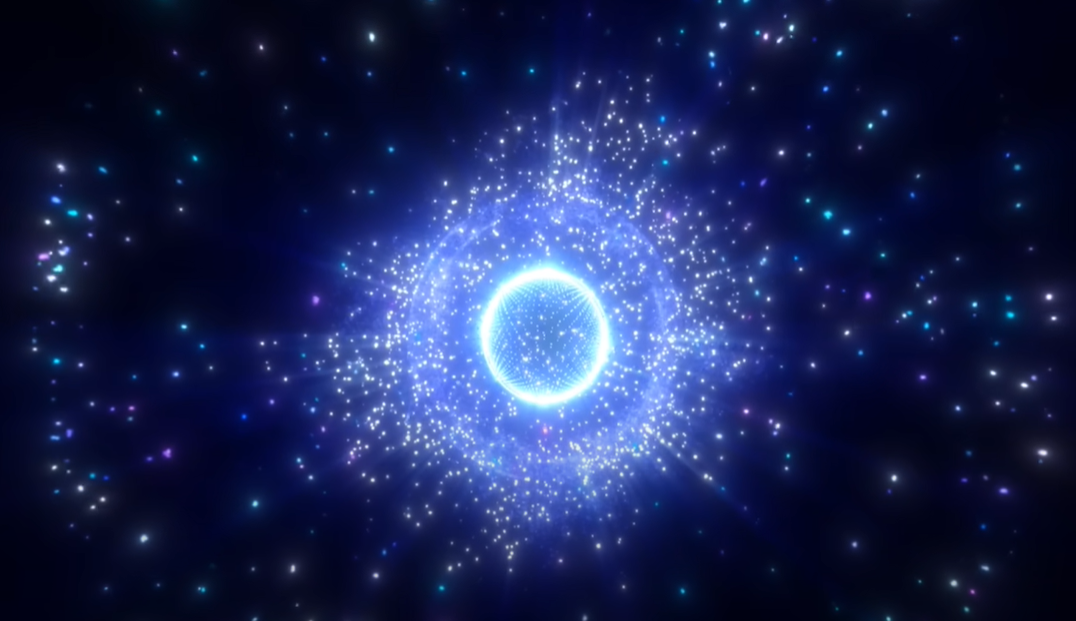**Headline: Cosmic Coincidence or Catastrophe? CERN’s Accidental Gold and Mysterious Portals Ignite Global Speculation**

In a stunning twist of fate, physicists at CERN’s Large Hadron Collider (LHC) have reportedly stumbled upon a phenomenon that has both excited and alarmed the scientific community and the public alike: the accidental creation of gold during experiments designed to replicate the conditions of the universe just moments after the Big Bang. As if this revelation weren’t enough to spark intrigue, eerie photographs of a supposed dark portal hovering ominously over the LHC have ignited a firestorm of speculation about the potential consequences of high-energy physics experiments.
The LHC, the world’s largest and most powerful particle accelerator, has long been a site of groundbreaking discoveries. Yet, recent concerns have emerged regarding the safety of its experiments. Critics argue that colliding particles at near-light speeds could unleash unforeseen consequences, and the accidental production of gold—a byproduct of smashing lead ions together—has only intensified these anxieties. In the quest for knowledge, scientists have inadvertently achieved what ancient alchemists could only dream of: transforming lead into gold. This remarkable feat, however, comes with caveats; the amount produced is minuscule, roughly 29 trillionths of a gram, and serves more as a scientific curiosity than a practical treasure.



During the collider’s run from 2015 to 2018, physicists reported generating about 86 billion gold nuclei, a staggering number that pales in comparison to the actual mass produced. The process involves the intricate dance of atomic particles, where high-speed collisions create intense electromagnetic fields capable of knocking protons from lead nuclei. While scientists celebrate this accidental alchemy, it complicates collider operations, as altered atoms veer off course, reducing beam intensity and interfering with experiments.

But the excitement doesn’t stop there. Recently, mysterious photographs surfaced on social media, depicting a dark, portal-like object hovering above the LHC. Described as a stark black opening surrounded by unusual light distortions, the images have sent waves of speculation across the internet. Witnesses have reported seeing glowing orbs emerging from the anomaly, moving in ways that defy conventional physics. Some observers even claimed to have shared dreams about a portal opening in the sky days prior to the sighting, adding an eerie layer to the phenomenon.

Theories abound regarding the nature of this strange occurrence. Some suggest it could be a rare atmospheric phenomenon, while others speculate that it might be a consequence of the ongoing high-energy experiments at CERN. Given the collider’s underground operations and the peculiar timing of the sightings, it’s not entirely implausible that something extraordinary has transpired.
This incident has reignited concerns that have long surrounded the LHC, including fears of creating miniature black holes or opening dimensional rifts. While scientists dismiss these ideas as sensationalist, the combination of accidental gold creation and the mysterious portal has fueled public imagination and skepticism alike. The lack of official commentary from CERN regarding the portal only deepens the intrigue, leaving many to wonder whether the event is a mere coincidence or a harbinger of something more significant.

As the world grapples with the implications of these findings, one thing is clear: the boundaries of modern physics are being tested in ways we could never have anticipated. The accidental creation of gold may be a scientific marvel, but the potential for unintended consequences looms large. As we peer into the depths of the universe, we must also confront the mysteries that lie just beyond our understanding. Whether this is a case of cosmic coincidence or a precursor to something more profound remains to be seen, but the world will be watching closely as the story unfolds.



